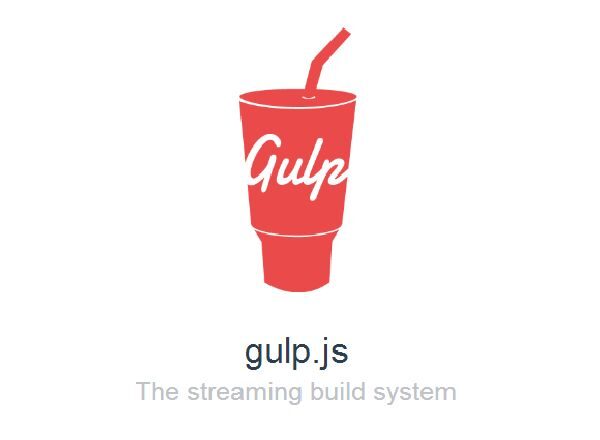Gulp.js is a stream building system that makes use of standard libraries for doing things. Gulp makes use of streams and code over configuration which makes it a simple and intuitive stream building system. Gulp does nothing but renders some streams and a basic task system. Gulp.js is referred to as an efficient and speedy stream building system because it executes tasks with maximum concurrency.

The build file in Gulp is code and not config file. The plugins that come in with Gulp are very simple or rather you can just say mere 20 line functions. Plugins with Gulp.js are of high quality and work the way you expect them to. Gulp.js has a nominal application programming interface surface that makes it easy to learn and nay Tom, Dick and Harry can pick up gulp in no time while your build will function just the way you visualize it like a series of streaming pipes. Even complex task become manageable with Gulp.js as its preference to code over configuration makes it easy to use and simple. You can now harness the power of node’s streams so as to develop fast builds which will not write intermediate files to the disk.
Requirements: jQuery Framework
Demo: http://tympanus.net/Tutorials/StickyTableHeaders/
License: License Free
Gulp.js comes embedded with five simple functions which every programmer must learn:
- A function named gulp.task (name, fn) which will register the function with a particular name and along with it you can as well optionally mention the dependencies if you feel that other task need to run first before the function executes.
- A function named gulp. run (tasks…) which will run all the tasks mentioned in the parameter list with maximum concurrency.
- A function named gulp. watch (glob, fn) will be executed when a file that matches the glob changes and is included in the core for simplicity.
- A function named gulp.src (glob) will return a readable stream which is piped to other streams.
- A function named gulp.dest (glob) returns a writable stream. The file objects that are piped to this will be saved into the file system.